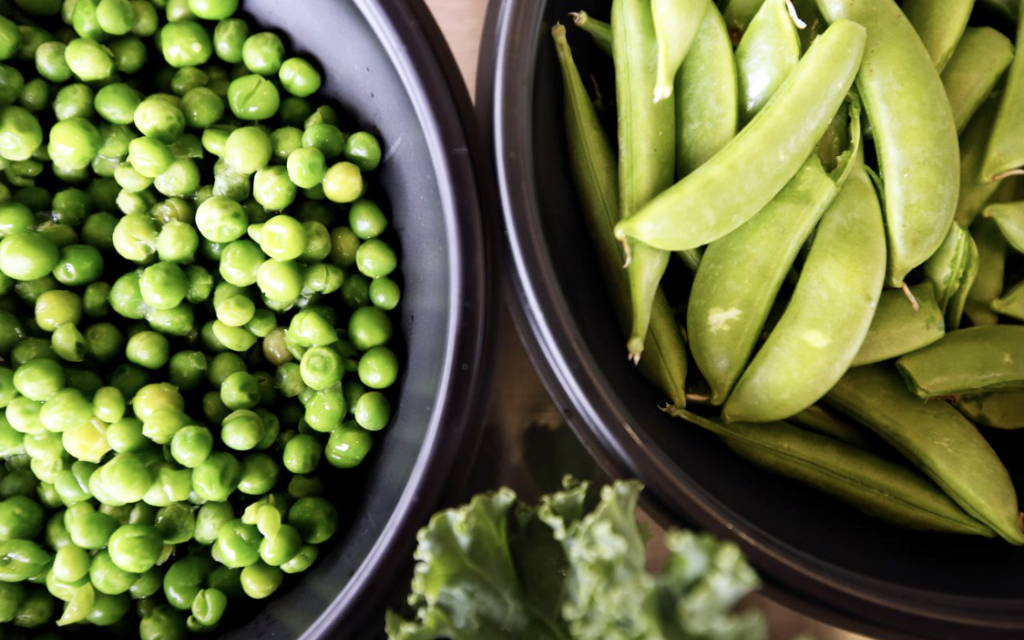This is an opinion column.
Go look in your refrigerator. Seriously. I’ll wait….
I checked mine. It’s reasonably full. Plenty to eat and drink. More than plenty. I cook so between the fridge and freezer there’s enough to whip up a meal. Several, actually. If I don’t see anything to suit my tastes on a given day, I make a quick grocery run. I don’t have to drive more than, oh, three miles for a Publix, Piggly Wiggly, Greenwise, or Walmart. Sure, rising prices annoy me, but food isn’t something I have to sweat about, to fret about.
Or go without—like you, more than likely.
No one in this nation should have to sweat or fret about food. Yet they do.
No one should have to go without. Yet they do.
And no one, absolutely no one, should have to do what Angela Pettway does. Just to eat.
I struggled to get past the first sentence of my colleague Savanah Tryens-Fernandes’s wrenching report on food deserts in the Black Belt region of our state, the impoverished, isolated, and long-ignored area where people like Pettway sweat about, where they fret about food.
Or go without.
90 miles…grocery store…almost every day
Unlike you, more than likely. Unlike me, absolutely.
Unlike anything anyone should have to do—to eat.
Pettway is among the few hundred folks living in Boykin—known also as Gee’s Bend. The median income in this tiny Wilcox County community is $16,023, about half that of residents countywide. The region was never rich, save for the fertile black soil that nurtured cotton seeds, and covered the hands and feet of the enslaved Black men, women, and children who picked it. Now, after generations of economic deterioration and wanton disregard by public officials, the Black Belt languishes atop that same soil.
It’s our invisible shame. Invisible because we’ve too long refused to see.
See this: One in four among 742 high-school students surveyed for a food study said they experienced food insecurity, Tryens-Fernandes reported. There’s worse—almost one in 10 said they lived with very low food security, meaning there were times when there was no food in their home and that they’d gone a full day without eating, sometimes more.
Unlike you. Unlike me. Unlike anything anyone should have to endure. Especially a child.
Pettway stretches the food to the extent she can, feeding her two children and father, and sometimes a neighbor who, as Tryens-Fernandes shared, comes around to see if she had any food left.
Food deserts—areas devoid of equitably accessible, affordable, nutritious food—are more than such. They’re hope deserts. They’re life deserts. And they’re not confined to the Black Belt. They exist throughout the state. In rural areas. In cities.
In most areas, schools are a nutritional lifeline, quieting growling stomachs with, for far too many students, their heartiest meal of the day. If not their only meal. “In Alabama and across the country, school meals are a critical resource to feed kids,” Eleni Townes, associate director of No Kid Hungry. “We know kids can’t learn when they’re hungry.”
Numerous food angels abound, thankfully. Tryens-Fernandes noted the West Alabama Food Bank, which strives to provide Black Belt children with enough food to feed them through the weekend during the school year. It costs $140 to feed a child every weekend during that period, they assessed. You may contribute to them here.
Dr. Sandra Ford and her husband, Henry, have been driving from Birmingham to the Black Belt, where they grew up, for 20 years, bringing food and medical services as part of a mission they started at the Great Shiloh Baptist Church.
Two weeks ago, Kroger, instead of opening what would have been its first retail grocery in the Birmingham region, launched a food delivery service from a 50,000-square-foot facility in the southwest area of the city, another food desert.
Notably absent among the food angels are our state leaders, who’ve too long failed to make any meaningful strides towards ensuring no Alabamian has to drive 90 miles round trip for food.
That no child goes without food. Not one.
When the 2023 legislative session convenes next March, lawmakers should immediately allocate funds to support the myriad community-based organizations statewide that are doing what they’ve too long refused to do: feed people. Just $165,000, less than a rounding error in the state budget, would fill the West Alabama Food Bank’s weekend backpacks for all Sumpter County students for a school year.
The most obvious is to finally and definitively take a paring knife to the state’s four percent tax on groceries, which disproportionately slams low-income households, particularly when food prices soar. Only 11 other states tax food, and just two others—South Dakota and Mississippi—don’t offer a tax break for low-income citizens.
Oh, lawmakers have chewed on gutting this tax for decades. What gets stuck in their teeth is replacing the $500 million it generates, all of which rolls into the state’s behemoth $8.2 billion Education Trust Fund for public education. That’s about 6 percent of the EFT’s FY2023 budget, estimates Alabama Arise, a non-partisan, non-profit that advocates for low-income citizens.
The organization helped draft a proposal for filling the gap that was introduced in a bill during those dark final days of this year’s legislative session. Alas, lawmakers’ attention was more focused on divisive social (campaign-season) “issues” than, oh, feeding the hungry. Its idea: Balance grocery tax income loss by placing caps ($4,000 for individuals, $8,000 for couples) on the federal income tax deduction Alabamians utilize to reduce state income taxes.
The legislation faltered without much of a nibble, as lawmakers devoured copious cuts of red meat. As Pettway and too many like her drove 90 miles for food.
Next year, our leaders must sit down at the table and bless a grocery tax-saving plan—for the nourishment of all.










